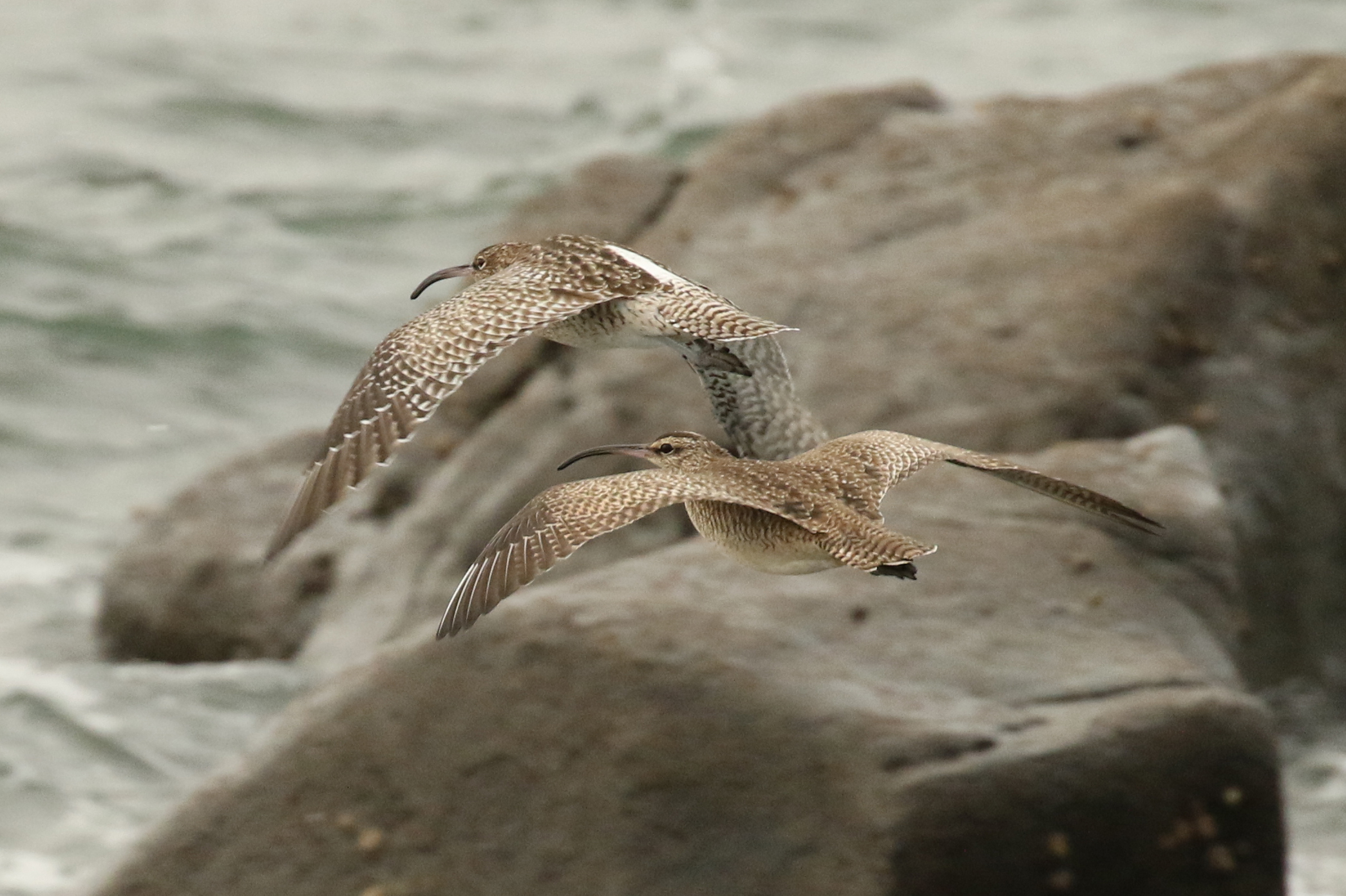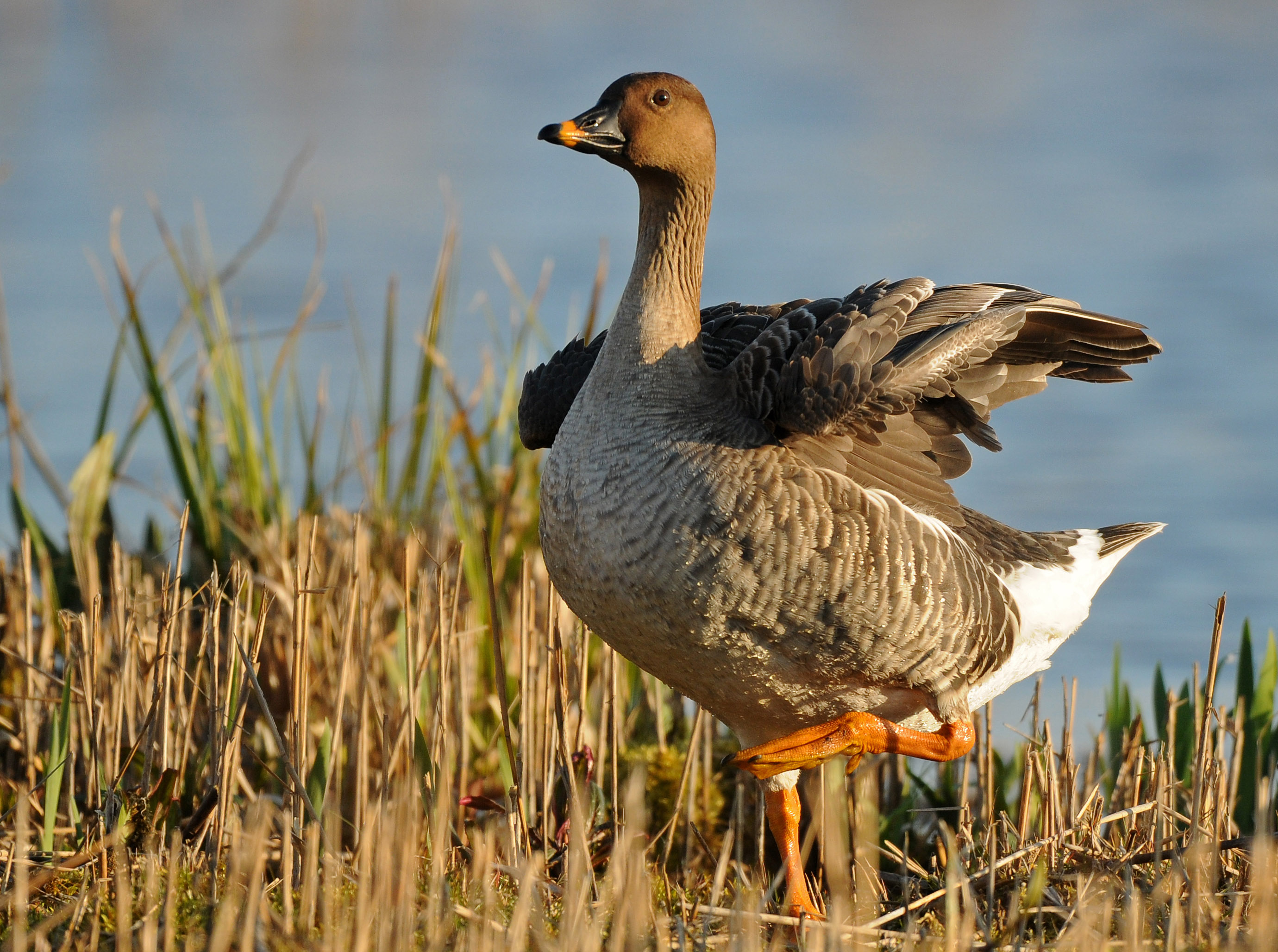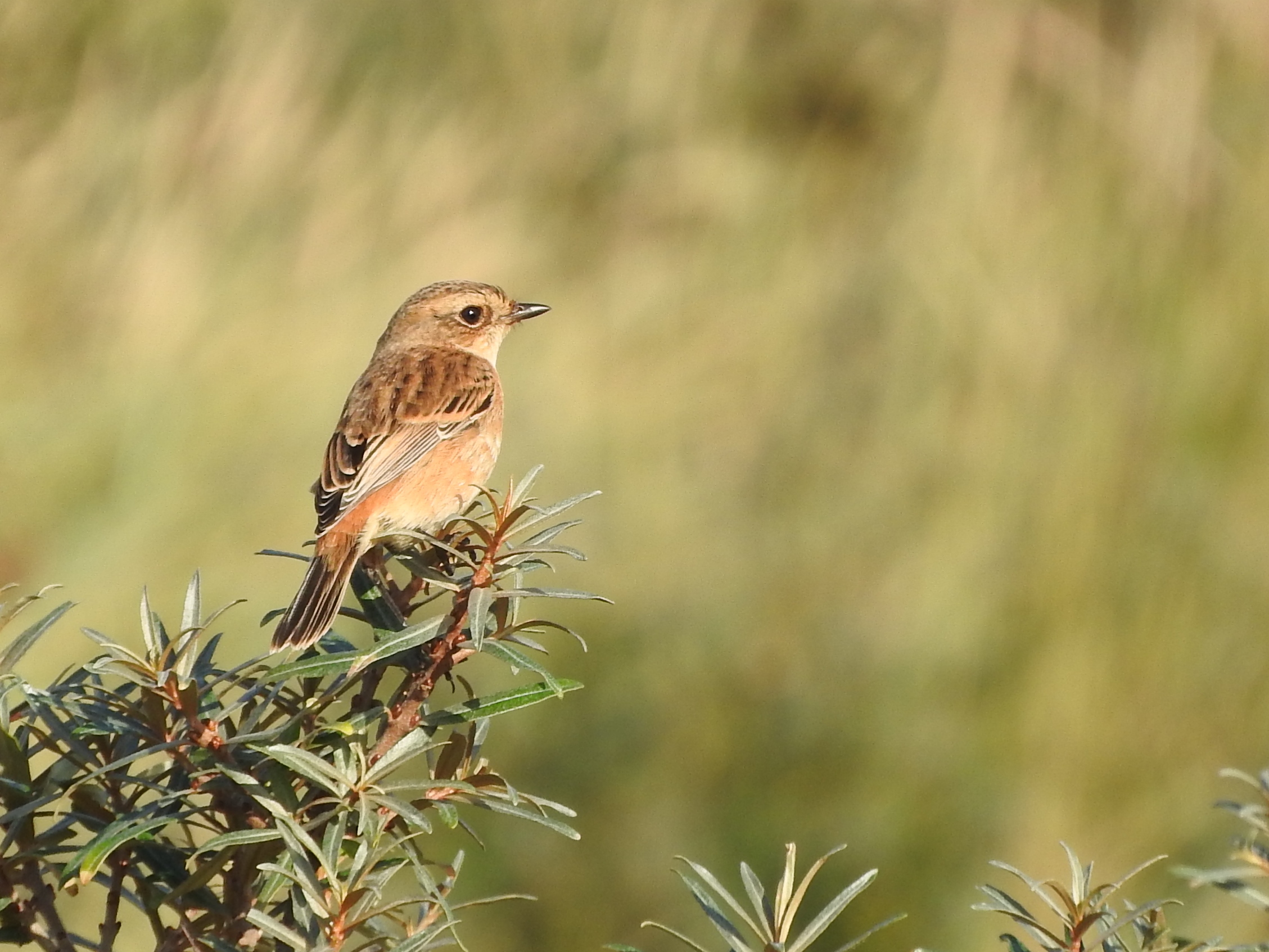BOU to adopt IOC World Bird List
The British Ornithologists' Union (BOU) has announced that it is to adopt the International Ornithological Congress (IOC) World Bird List for all its ornithological needs, including the British list, from 1 January 2018.
This follows a detailed review by the BOU's Records Committee (BOURC), which involved inviting the four main global avian taxonomic authorities (eBird/Clements, HBW/BirdLife, Howard & Moore and IOC World Bird List) to each submit a proposal that could be assessed against agreed BOURC criteria and related questions.
Initially, the BOU Council appointed a delegation which discussed the merits of each proposal to help arrive at an informed view on behalf of Council. This delegation reviewed the proposals but did not consider there was any strong reason to make a recommendation for any of the candidate taxonomies ahead of a full meeting of BOURC.
BOURC subsequently met on 10 December 2016 and invited members of the Council delegation to attend, two of whom did so. The Council delegates engaged in discussions but had no vote in the process. It was expected a recommendation to BOU Council would be made as a result of the meeting. All members of BOURC, bar one, were present.

Eurasian (upper left) and Hudsonian Whimbrels will be 'lumped' on the British list from next January (Photo: Brian Field)
Before discussing the taxonomic proposals in detail, the Committee considered two issues raised by those present. First, the need for and benefits of a unified global taxonomy were agreed upon. Second, it was agreed that the EU's current use of the HBW/BirdLife taxonomy would not be a material factor influencing the Committee's discussions.
The Howard & Moore proposal was discussed first as this was the only proposal for a taxonomic system which was not currently available online, and the Committee felt that accessibility of the new taxonomy to be adopted was important. With no online version envisaged until the next update (which was said to be some years away), the Committee concluded that this proposal would not be considered further.
In their respective submissions, the IOC World Bird List and eBird/Clements had stated their increasing collaboration, and their agreement that a single global taxonomy was desirable. On the latter point the International Ornithologists' Union (IOU) has stated that it intends to hold a session at IOC2018 in Vancouver, Canada, in August 2018 which will look at ways to progress to a unified global taxonomy.
This left the Committee with two alternatives: HBW/BirdLife on one side and IOC World Bird List and eBird/Clements on the other. Arguments were advanced in support of both alternatives, and the BOURC members at the meeting were evenly split between adopting either HBW/BirdLife or the IOC World Bird List. From a show of hands during which the Chair abstained, there were four votes on each side. Each member of the Committee then summarised his or her reasoning, and members were given the opportunity to reconsider their vote.
The outcome remained unchanged and so BOURC Chair, Andrew Harrop, used his casting vote to recommend that the BOU adopt the IOC World Bird List. It was made clear that one of the key factors in this decision was the expectation of a move towards a more unified global taxonomy, and in that respect the BOU should work with IOU/IOC to ensure that this happens.
In summarising his reasons for the recommendation, the Chair expressed the view that moving to the IOC World Bird List would be the most likely way of achieving a more unified global taxonomy, especially in light of the proposed meeting at IOC2018. He also stated that this move would be more in keeping with the BOU's previous approach to taxonomy, and in many quarters would have greater scientific credibility. BOURC will review the decision in five years' time.
British list: more gains than losses
BOURC's landmark decision to adopt IOC taxonomy will inevitably mean changes for its British list. Overall it would appear that the total of species recorded in Britain is likely to increase slightly, with a number of 'splits' recognised by IOC but not currently by BOU. For example, Isabelline (Lanius isabellinus) and Red-tailed (L phoenicuroides) Shrikes are considered two separate species, and Bean Goose becomes Taiga (Anser fabalis) and Tundra Bean Goose (A rossicus). Fea's Petrel (Pterodroma feae) and Desertas Petrel (P deserta) become two species. Thayer's Gull (Larus thayeri) is also recognised by IOC as a full species, and not as a subspecies of Iceland Gull (L glaucoides).

IOC splits Tundra Bean Goose (pictured) from Taiga Bean Goose, which means an extra tick for British birders from next January (Photo: Jon Evans)
Two-barred Warbler (Phylloscopus plumbeitarsus) will be elevated to full specific status rather than continue as a subspecies of Greenish Warbler. Two other Far Eastern vagrants, Eastern Yellow Wagtail (Motacilla tschutschensis) and Stejneger's Stonechat (Saxicola stejnegeri), are also afforded full specific status, as is North America's Least Tern. Each of these will therefore become species additions to the revised British list.

Stejneger's Stonechat is one of several taxa that will be elevated to full species status when BOU adopts the IOC World Bird List from January 2018 (Photo: Matt Slaymaker)
However, one significant loss from the future British list is Hudsonian Whimbrel, which remains a subspecies of Whimbrel, despite a review of its taxonomic position. The redpoll complex is reduced from three species to two — Common and Arctic — meaning the loss of Lesser Redpoll as a species. IOC's handling of two taxonomic minefields, crossbills and subalpine warblers, remains in line with current BOURC treatment.

